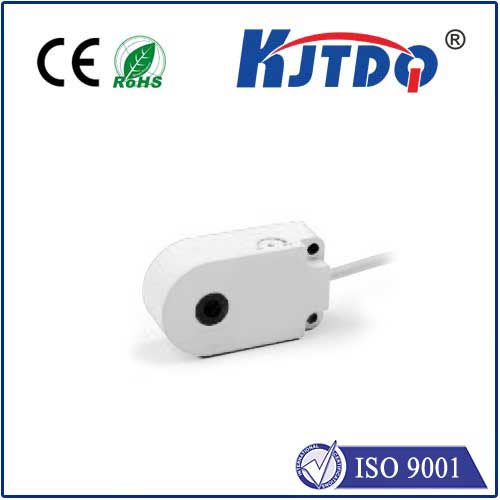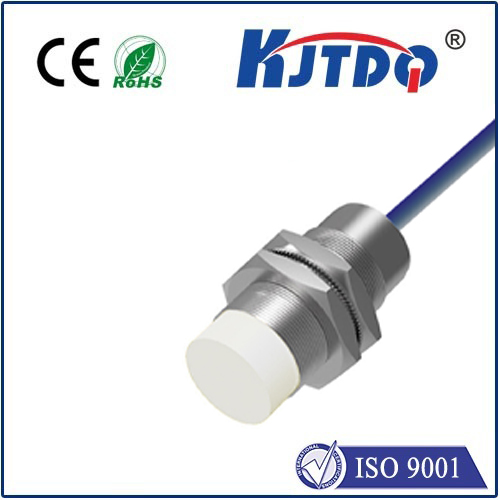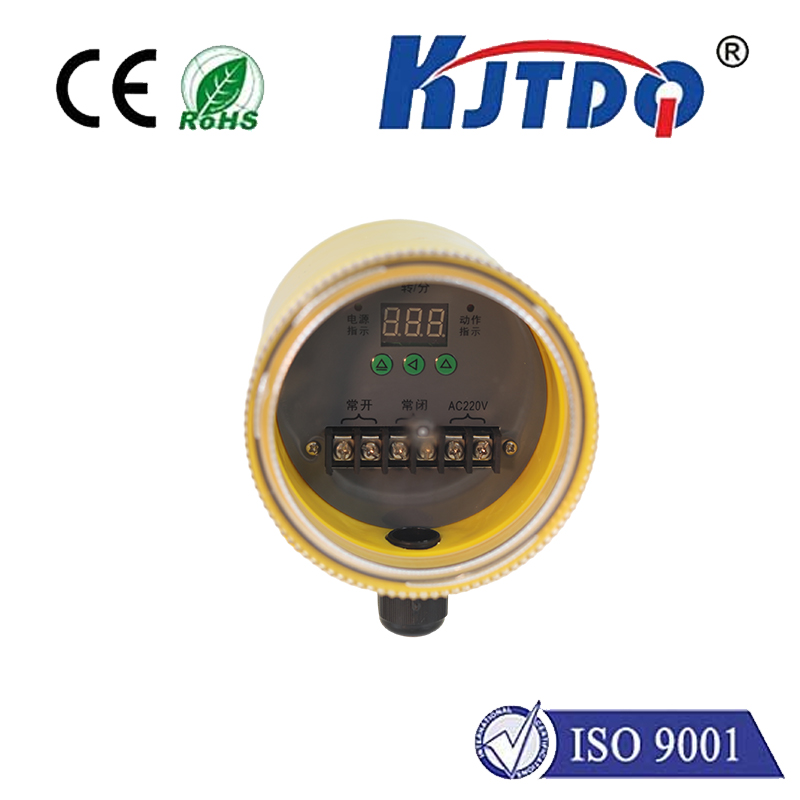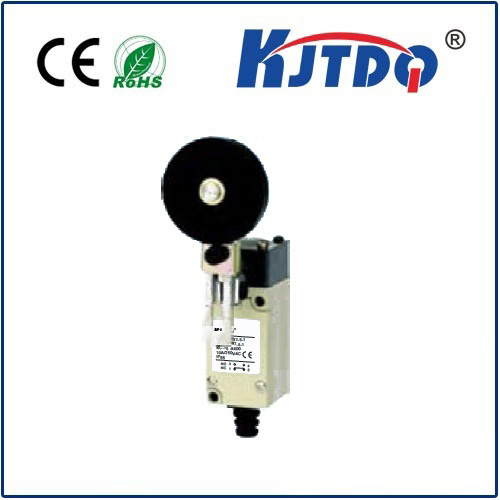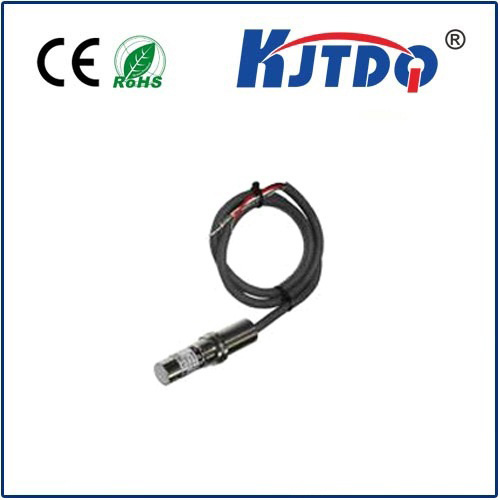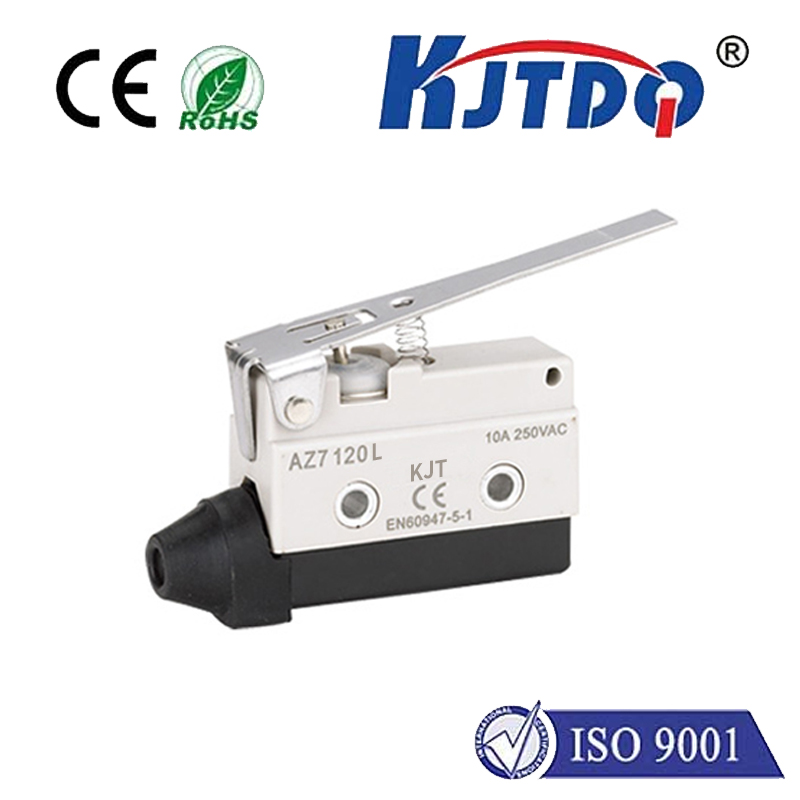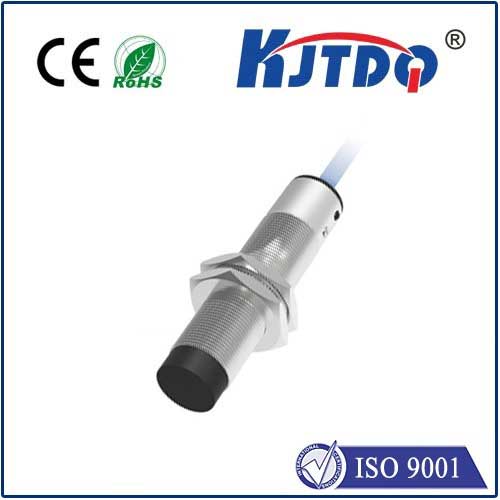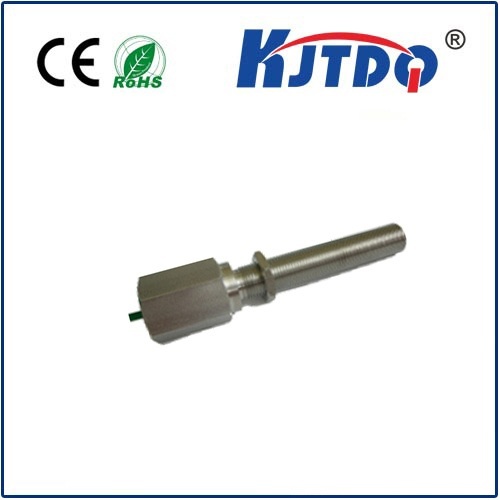

check

check

check

check
PN7099 Pressure Sensor: Enhancing Precision Measurement Across Industries
Imagine being able to detect the faintest whisper of pressure change within a complex hydraulic system, monitor environmental conditions inside a critical aerospace component, or ensure the precise dosing of life-saving medication in medical equipment. This level of accuracy and reliability is precisely what advanced pressure sensors like the PN7099 deliver. This high-performance transducer represents a significant leap forward in sensing technology, designed for demanding applications where precision, durability, and stability are non-negotiable. Understanding its capabilities is key for engineers and system designers seeking robust pressure measurement solutions.
At its core, the PN7099 pressure sensor functions by converting physical pressure – whether from gases, liquids, or vapors – into a precise, quantifiable electrical signal. This fundamental principle allows it to act as the critical “eyes and ears” within countless automated and monitored systems. The PN7099 is engineered with outstanding resilience, typically featuring a robust stainless steel housing that shields its sensitive internal components. This construction is crucial, enabling it to withstand harsh operating environments characterized by extreme temperatures, high humidity, corrosive media, and significant mechanical vibration – factors that would compromise lesser sensors.
One of the standout features of the PN7099 is its exceptional accuracy and long-term stability. Utilizing sophisticated piezoresistive sensing technology often based on a micro-machined silicon diaphragm, it provides highly linear responses to pressure changes. Key technical specifications commonly associated with this class of sensor include a wide pressure range (often spanning vacuum to several hundred bar or psi, depending on variant), low hysteresis, excellent repeatability, and minimal drift over time and temperature. Many PN7099 variants offer configurable outputs, such as ratiometric millivolt per volt (mV/V) signals ideal for bridge amplifier circuits or fully amplified analog voltage (0-5V, 0.10V) and 4-20mA current loop outputs, simplifying integration into existing industrial control systems. For modern digital architectures, digital outputs (e.g., I²C, SPI) are frequently available, enabling direct microcontroller communication and facilitating data logging and network connectivity.

Durability is paramount. These sensors often boast impressive ingress protection ratings (e.g., IP67, IP69K), making them resistant to dust and water ingress, even under high-pressure cleaning. Manufacturing processes emphasize precision assembly and stringent quality control, ensuring each unit meets rigorous performance standards before deployment. This inherent ruggedness translates directly into reduced maintenance requirements and extended operational lifespans, a critical factor for minimizing downtime in industrial settings. The PN7099 sensor is intrinsically designed for reliability in critical monitoring applications.
The versatility of the PN7099 pressure transducer unlocks its potential across a remarkably diverse range of industries. In the automotive and transportation sector, it’s indispensable for monitoring engine oil pressure, fuel rail pressure, turbocharger boost levels, brake fluid pressure, and transmission pressures. Ensuring these parameters stay within optimal ranges is vital for engine performance, fuel efficiency, safety systems, and emissions control.
Within industrial automation and process control, the PN7099 proves its worth countless times daily. It precisely monitors and controls hydraulic and pneumatic system pressures, regulates pump and compressor outputs, manages liquid levels in tanks via hydrostatic pressure measurement, and safeguards process lines from overpressure conditions. Its stability is crucial for maintaining consistent product quality in manufacturing processes ranging from chemical synthesis to food & beverage production.
The HVAC/R (Heating, Ventilation, Air Conditioning, and Refrigeration) industry leverages PN7099 sensors for refrigerant pressure monitoring, ensuring system efficiency and preventing compressor damage. They also play roles in monitoring filter status (via pressure drop) and controlling air flow in ventilation systems. In medical equipment, precise pressure sensing is critical. Devices like ventilators, infusion pumps, dialysis machines, and blood pressure monitors rely on sensors like the PN7099 to deliver accurate therapy and ensure patient safety.
Further applications extend into environmental monitoring (weather stations, water level sensing), test and measurement laboratories (calibration benches, experimental setups), offshore and marine engineering (depth sensing, fluid systems on vessels), and renewable energy systems like wind turbines (hydraulic pitch control) and geothermal plants. Its ability to provide reliable data under challenging conditions makes it a universal component in modern engineering.
Choosing the PN7099 pressure sensor for your application offers compelling advantages. Beyond its core accuracy and ruggedness, it provides excellent signal-to-noise characteristics for sensitive measurements. Its typically configured zero and span adjustability allows for on-site calibration optimization. Standardized electrical and mechanical interfaces simplify integration and replacement. Perhaps most significantly, its proven long-term reliability reduces the total cost of ownership, minimizing replacement costs and unscheduled maintenance disruptions. By delivering trustworthy pressure data consistently, the PN7099 empowers engineers to optimize processes, enhance safety, ensure regulatory compliance, and ultimately drive innovation forward.
Implementing the PN7099 effectively requires careful consideration. Selecting the correct pressure range, media compatibility (ensuring wetted materials are resistant to the fluid being measured), operating temperature specifications, and desired output signal type are critical first steps. Proper installation, including ensuring the correct port orientation and utilizing compatible fittings, is essential for performance and longevity. Adherence to manufacturer guidelines for wiring, potential signal conditioning requirements, and any necessary calibration procedures ensures the sensor delivers its rated performance throughout its service life. Regular performance verification as part of a preventative maintenance schedule further guarantees ongoing accuracy. Understanding these integration nuances is key to harnessing the full capability of this sophisticated instrumentation component.
